Tamari, or tamari shoyu, is a type of sauce commonly used in Japanese cuisine. It is one of the five types of Japanese soy sauces known as shoyu.
Shoyu is made by fermenting soybeans and sometimes wheat using a special fungus known as koji and a brine (moromi).
Compared to other types of soy sauces, tamari is darker and has a strong umami flavor. It also contains little to no wheat.
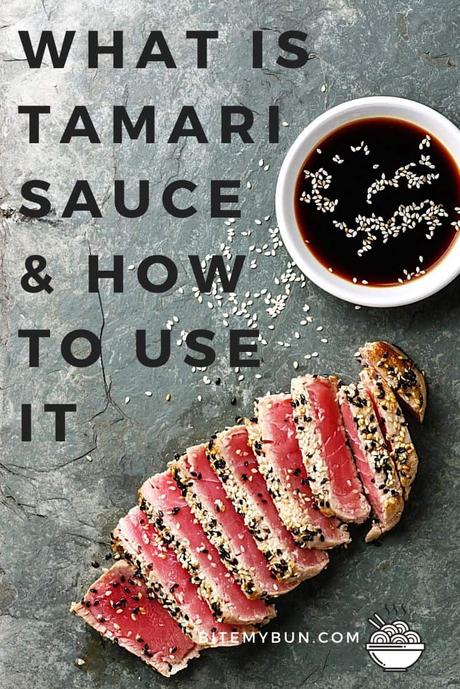
This classifies it as gluten-free, vegan, and (sometimes) wheat-free. It is for these reasons that it has become a favorite for those with dietary restrictions.
Read on to find out more about tamari sauce and how you can use it in your dishes.
Tamari History
Tamari was brought to Japan from China in 7 AD. It is the result of the fermentation of soybeans.
When soybeans ferment, they produce a tasty, dark red paste that is known in Japanese cuisine as miso.
During the ripening process, miso produces a protein-rich liquid, called tamari or “that which accumulates”.
Tamari is mainly made in the Chūbu region of Japan.
How Does Tamari Differ from Other Types of Soy Sauce?
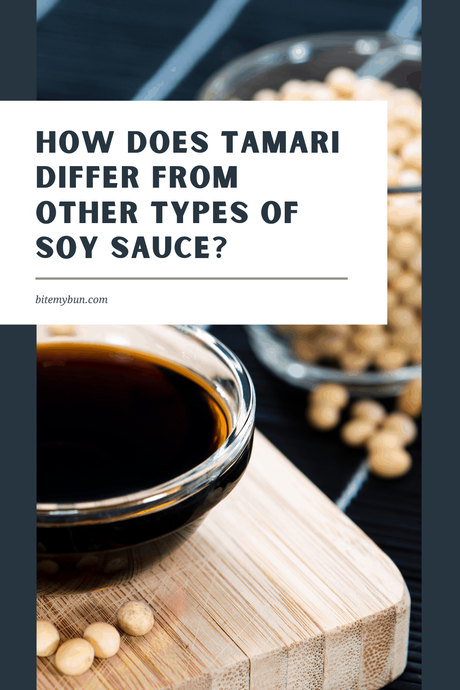
Tamari differs from soy sauce in the way it is made.
Traditional soy sauce is made of four main ingredients; soybeans, water, salt, and wheat. The ingredients are fermented for several months using koji and moromi.
Then the mixture is pressed to extract its liquid.
Tamari, on the other hand, is a byproduct of miso paste. It undergoes fermentation and is made of many of the same ingredients; soybeans, water, salt, koji, and moromi.
However, little to no wheat is added.
There are also other types of shoyu soy sauces that are popular in Japan including:
- koikuchi
- shiro
- usukuchi,
- and saishikomi.
Each differs in its fermentation process, wheat content, thickness, and flavor.
Tamari sticks out for its wheat-free properties, its dark color, and its strong umami taste.
Umami is a Japanese term for “pleasant, savory taste” and refers to the unique taste of three amino acids found in animal proteins.
How Do You Use Tamari Sauce?
Tamari sauce is commonly used in stir-fries, soups, sauces, and marinades. It is also a good flavor enhancer for tofu, sushi, dumplings, noodles, and rice.
Its mild taste makes it an ideal dip, especially as one of the more popular sauces used as a dip for sushi.
If you are looking to incorporate tamari sauce into your recipes, here’s one for a Tahini Tamari Sauce that everyone at the table is sure to enjoy.
Ingredients:
- ½ cup sesame tahini
- ½ cup hot water
- 2 tsps. Tamari soy sauce
- 1 tsp. rice wine vinegar
- 1 clove garlic, minced
Directions:
- Whisk tahini and hot water in bowl until smooth.
- Whisk in Tamari, vinegar and garlic. Add more vinegar as desired.
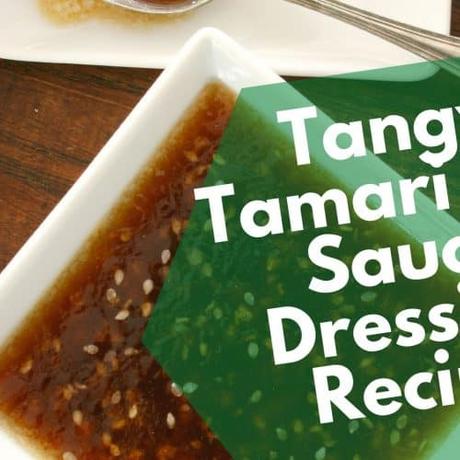
Tangy Tamari Soy Sauce Dressing
If you want something with a kick, here is one for Tangy Tamari Dressing in under 5 minutes! Course Side DishCuisine JapaneseKeyword Dressing, Sauce, Tamari Prep Time 5 minutesTotal Time 5 minutes Servings 4 people Calories 10kcal Author Joost Nusselder Cost $2Ingredients
- 1 cup olive oil
- 1 cup nutritional yeast
- ⅔ cup tamari
- ½ cup cider vinegar
- ½ cup lemon juice
- 2 tbsp garlic powder
- 1 tbsp chopped fresh basil
- 1 tbsp chopped fresh oregano
- 1 tbsp chopped fresh thyme
Instructions
- Blend all ingredients in a food processor or blender until smooth.
- Serve over salads or enjoy as a dipping sauce.
Nutrition
Calories: 10kcalTamari Sauce Nutrition Facts
Tamari’s nutrition facts may differ slightly depending on its manufacturer, but here’s an idea of what you can expect per serving:
- Calories: 10 kcal
- Total fat: 0g
- Sodium: 980 mg
- Total carbohydrates: 1 g
- Sugars: Less than 1g
- Protein: 2 g
Is Tamari Keto?
The keto diet is designed to bring the body into a state of ketosis. This is a state where the body is better able to lose weight and the mind is more focused.
It requires foods that are high in healthy fats and low in carbohydrates.
Soybean products are keto-friendly as long as they are non-GMO and fermented. Therefore, tamari is extremely keto-friendly and ready to use as a sauce for your cooking or made into a dressing.
Is Tamari Halal?
A halal diet consists of foods that Muslims find safe to eat. A halal diet does not consist of meat and it does not contain foods with any ingredients Muslims feel may be harmful to mental or physical health.
Some forms of tamari may contain traces of alcohol that Muslims are not comfortable consuming.
However, this trace amount of alcohol is not enough to be addictive so not all halal dieters will feel uncomfortable adding it to their diets.
In any case, if you are looking for tamari that you can feel confident is 100% halal, Kikkoman manufactures a sauce you can trust.
Is Tamari Whole30?
Whole30 is a diet that emphasizes whole foods and the elimination of legumes, soy, sugar, grains, and dairy. Therefore, tamari is not advisable for those on a Whole30 diet.
Tamari vs. Coconut Aminos
Coconut aminos are a soy-free alternative to soy sauce. They are made using coconut tree sap and salt. They are popular with those on paleo and soy-free diets.
They contain less salt than other soybean products.
Coconut aminos are good tamari substitutes because they have an umami flavor, however, the flavor is not as strong. They also have a slightly sweeter taste.
Best Tamari Substitutes
If you don’t have tamari on hand, coconut aminos and other types of soy sauces will make good substitutes. Here are some other alternatives you can try.
-
-
- Coconut aminos is still a very good substitute for Tamari sauce
- Fish Sauce: Fish sauce is lacking in the rich, caramel flavor tamari offers but its bright sour taste makes up for it. You can use the same amount of fish sauce as tamari in recipes but you may end up adding more to make up for the richness.
- Salt: Tamari’s salty taste plays a big role when it comes to how it flavors food. Therefore, salt will make a good substitute and some even prefer the cleaner taste. Try adding it to sushi or sashimi to find out how it measures up.
- Miso Paste: Since tamari is derived from miso, it makes sense that miso paste makes a great substitute for the sauce. Since it’s thicker than tamari, you will want to water it down a bit. Try using one teaspoon miso paste and two teaspoons water to make up for every one teaspoon of tamari in your recipes.
- Anchovies: Finely chopped anchovies can make up for that salty, rich tamari flavor. Try it in curries and stir-fries.
- Other soy sauces: This may be stating the obvious, but if you don’t have Tamari and you don’t mind the wheat, other soy sauces will be a perfectly fine substitute.
-
Best Tamari Brands

If you are looking for tamari sauce that is tasty and made with ingredients you can count on, here are a few recommendations.
San-J brand tamari sauce
The San-Brand is known for making tamari that contains 100% soybeans and no wheat. They promise to turn your dishes into flavor experiences.
Their tamari sauce has an authentic taste and it is all organic. Theirs is recommended for those on a low sodium diet.
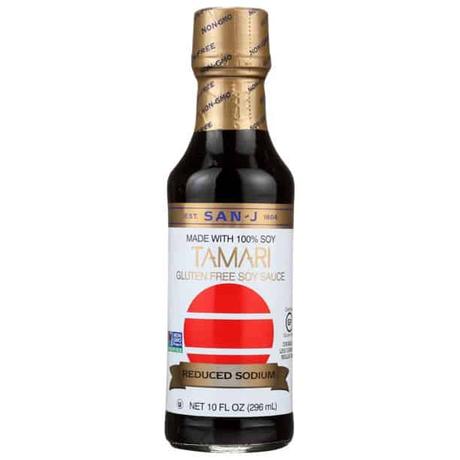
Kikkoman tamari sauce
Kikkoman is a leader in bringing Japanese food products to the United States. When it comes to taste, they are sure to deliver that umami flavor you are looking for. Try theirs to check it out for yourself.
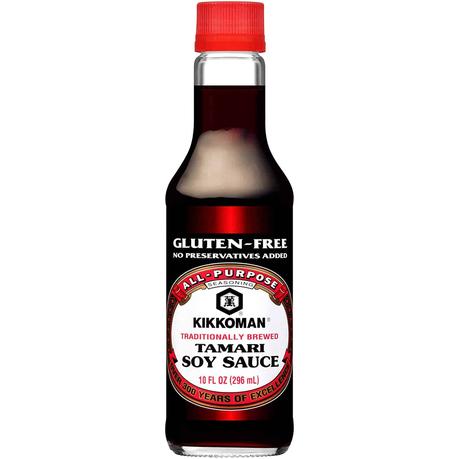
(view more images)
Eden Foods tamari sauce
Eden Foods is a quality brand known for manufacturing foods that promote healthy eating. Theirs makes a great replacement for traditional Japanese soy sauce in Asian cuisine.

(view more images)
Oshawa tamari sauce
The Oshawa brand is known for providing macrobiotic food as well as hard to find organics and heirloom quality grains, beans, and seeds.
Theirs is reported to be a soy sauce unlike any you have ever tasted.
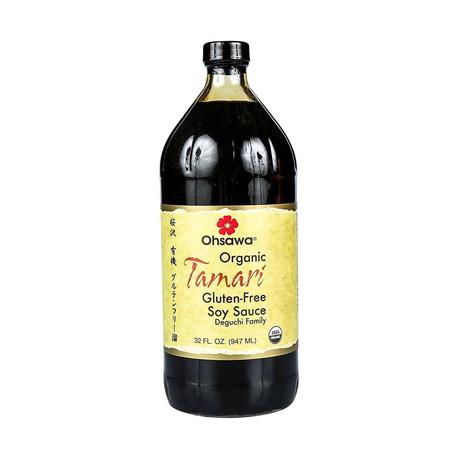
(view more images)
FAQ’s around tamari
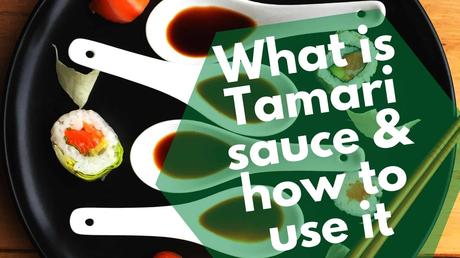
After reading this, you might think you know all you need to know about tamari. But here are a few FAQ’s that will ensure your education is well rounded.
Is Tamari Soy Sauce Sweet?
Some may think that tamari has somewhat of a sweet flavor due to its caramel taste. However, it is important not to confuse it with ‘sweet soy sauce’.
Sweet soy sauce is another thing and if you have a recipe that calls for sweet soy sauce, tamari will not make the best substitute.
Does Tamari Have MSG?
MSG (monosodium glutamate) is the sodium salt of glutamic acid. It is naturally occurring in some food products. It is also often added to foods as a flavor enhancer and it is commonly found in Asian cuisine.
Some think MSG may cause nerve cell damage. Others may be sensitive to MSG and claim it causes headaches, muscle tightness, tingling and weakness. However, this has never been proven.
In any case, when eating tamari, you can rest easy. There are many organic brands that make tamari that is free of MSG and preservatives.
Can I Substitute Liquid Aminos for Tamari?
Liquid aminos are seasonings that look and taste similar to soy sauce. However, although the taste is similar, they are not exactly they same and they will produce a noticeable difference in flavor of your dishes. However, if you don’t mind being a bit experimental, you can try them as a substitute.
Can Tamari Go Bad?
If tamari is unopened, it can stay good for two to three years or even more. To tell if your tamari is still good, take a little taste. If it is lacking its signature saltiness, this may be a sign that it’s expired.
Does Tamari Have to Be Refrigerated After It’s Opened?
Yes. Tamari is best if it’s refrigerated after it’s opened. Once it’s opened, if it is kept refrigerated, it will be good for about a month for table use and three months for cooking use.
Can Soy Sauce and Tamari Kill You?
Yes. One 19 year old made an unfortunate decision when he was dared by his friends to drink a quart of soy sauce. He almost died of a sodium overdose.
Where is Tamari Sauce in the Grocery Store?
If you are looking for tamari sauce in the grocery store, you will most likely find it in the international food aisle. It should be in with other Asian condiments like hoisin sauce and soy sauce. If you can’t find it there, you can try searching in the vegan and vegetarian section.
Does Walmart Sell Tamari?
Yes. Walmart has tamari available for online purchase. It may be in physical stores as well.
Is Tamari Sauce the Same as Tamarind?
No, even though the two have similar spellings, tamari sauce and tamarind are completely unrelated. Tamarind is a tropical fruit with health benefits and it is indigenous to Africa…so not even close.
Is Tamari the Same as Dark Soy Sauce?
Tamari is darker in color than regular soy sauce. However, there is something called ‘dark soy sauce’ that is not the same as tamari. Dark soy sauce is darker, thicker and aged longer than regular soy sauce. It also has a slightly less salty taste.
If you have a recipe that calls for dark soy sauce, tamari may make a good substitute, but it won’t produce the exact same flavor.
Is Tamari Haram?
Earlier in the article, we discussed whether tamari was halal, referring to whether or not it is safe for Muslims to eat. Those following halal diets are also familiar with the term haram which means forbidden. It is generally used to describe meats that are off-limits. Therefore, tamari is not haram.
Is Gluten-Free Soy Sauce the Same as Tamari?
No. Tamari is the by-product of miso paste. Little wheat, if any, is added to the sauce, making it gluten-free.
Soy sauce, on the other hand, is made from soybeans, water, salt, and wheat. The wheat can be eliminated, but the process used to make it would still be different from the one used to make tamari. Therefore, they are two different things.
Furthermore, if you look for soy sauce products, you will see that both tamari sauce and gluten-free soy sauces are available.
Conclusion
Tamari is a great soy sauce alternative that is ideal for those with dietary restrictions. Will you be choosing it the next time you are adding flavor to your dishes?
